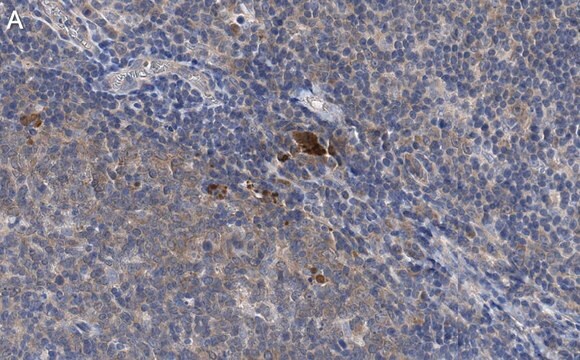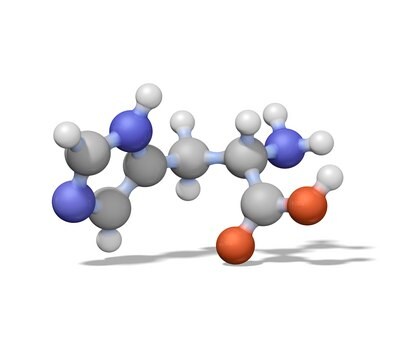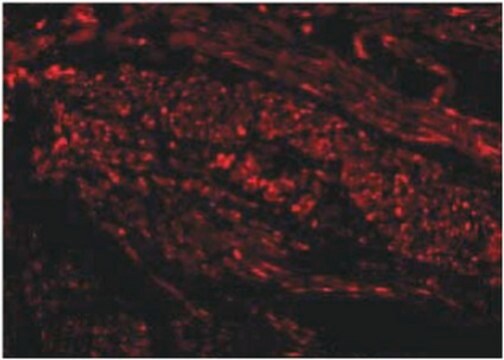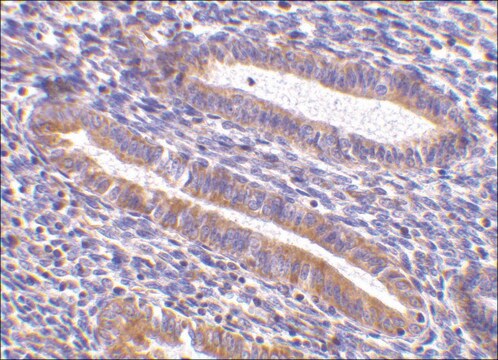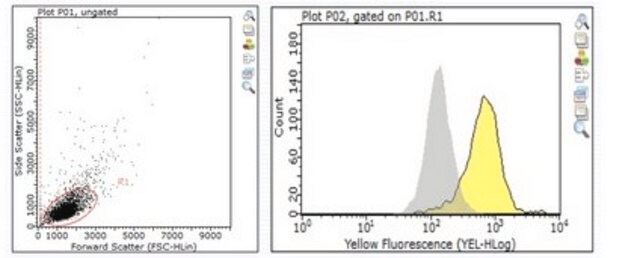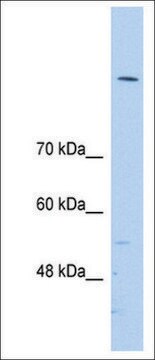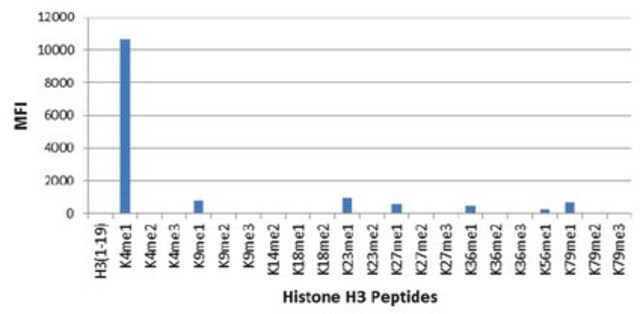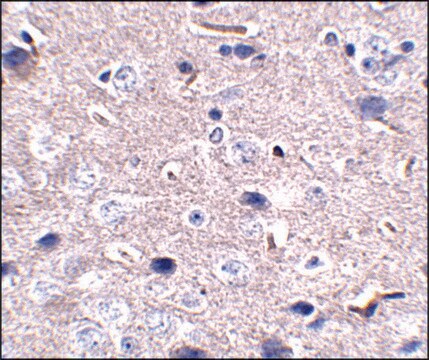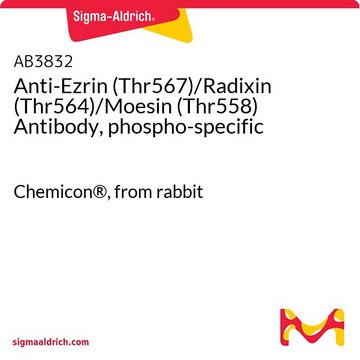MABF245
Anti-TIM-1 Antibody, clone 3B3
clone 3B3, from rat
Synonyme(s) :
Hepatitis A virus cellular receptor 1 homolog, HAVcr-1, Kidney injury molecule 1, KIM-1, T cell immunoglobulin and mucin domain-containing protein 1, T-cell immunoglobulin mucin receptor 1, T cell membrane protein 1, TIM-1, TIMD-1
About This Item
Produits recommandés
Source biologique
rat
Niveau de qualité
Forme d'anticorps
purified antibody
Type de produit anticorps
primary antibodies
Clone
3B3, monoclonal
Espèces réactives
mouse
Technique(s)
flow cytometry: suitable
Isotype
IgG2aκ
Numéro d'accès NCBI
Numéro d'accès UniProt
Conditions d'expédition
ambient
Modification post-traductionnelle de la cible
unmodified
Informations sur le gène
human ... HAVCR1(26762)
Description générale
Spécificité
Immunogène
Application
Affects Function: A representative lot induced a rapid capping of anti-CD3 bound CD3 on the surface of CD4+ T cells with a concomitant T cell morphology change and increased motility (Xiao, S., et al. (2007). J. Exp. Med. 204(7):1691-1702).
Affects Function: A representative lot enhanced the severity of experimental autoimmune encephalomyelitis (EAE) in mice, while clone RMT1-10 prevented EAE (Xiao, S., et al. (2007). J. Exp. Med. 204(7):1691-1702).
Affects Function: A representative lot enhanced T cell proliferation by crosslinking TIM-1 in vitro. When injected in mice in vivo at the beginning and during OVA sensitization, clone 3B3 prevented tolerance induction and enhanced response of isolated spleen T cells to OVA stimulation in culture (Umetsu, S.E., et al. (2005). Nat. Immunol.6(5):447-454).
Affinity Binding Assay: A representative lot bound TIM-1 with a similar association rate as clone RMT1-10 (Cat. No. MABF225), while clone 3B3 displayed a 10-times slower dissociation rate than clone RMT1-10 (Xiao, S., et al. (2007). J. Exp. Med. 204(7):1691-1702).
ELISA Analysis: Representative lots detected recombinant murine TIM-1, but not TIM-3 or TIM-4, Ig fusion protein. Clone 3B3 displayed an enhanced affinity toward TIM-4 fusion construct lacking the mucin domain when compared to full-length TIM-4 fusion construct (Xiao, S., et al. (2007). J. Exp. Med. 204(7):1691-1702; Umetsu, S.E., et al. (2005). Nat. Immunol.6(5):447-454).
Flow Cytometry Analysis: A representative lot immunostained the surface of TIM-1-transfected, but not untransfected or TIM-2-transfected 300.19 mouse pre-B-cells. A time-dependent increase of CD4+ cell surface TIM-1 expression was detected following TCR activation by APCs or by anti-CD3 and anti-CD28 antibodies (Umetsu, S.E., et al. (2005). Nat. Immunol.6(5):447-454).
Inflammation & Immunology
Qualité
Flow Cytometry Analysis: 0.5 µg of this antibody detected the exogenously expressed murine TIM-1 on the surface of one million transfected 300.19 mouse pre-B-cells.
Description de la cible
Forme physique
Stockage et stabilité
Handling Recommendations: Upon receipt and prior to removing the cap, centrifuge the vial and gently mix the solution. Aliquot into microcentrifuge tubes and store at -20°C. Avoid repeated freeze/thaw cycles, which may damage IgG and affect product performance.
Autres remarques
Clause de non-responsabilité
Vous ne trouvez pas le bon produit ?
Essayez notre Outil de sélection de produits.
Code de la classe de stockage
12 - Non Combustible Liquids
Classe de danger pour l'eau (WGK)
WGK 2
Point d'éclair (°F)
Not applicable
Point d'éclair (°C)
Not applicable
Certificats d'analyse (COA)
Recherchez un Certificats d'analyse (COA) en saisissant le numéro de lot du produit. Les numéros de lot figurent sur l'étiquette du produit après les mots "Lot" ou "Batch".
Déjà en possession de ce produit ?
Retrouvez la documentation relative aux produits que vous avez récemment achetés dans la Bibliothèque de documents.
Notre équipe de scientifiques dispose d'une expérience dans tous les secteurs de la recherche, notamment en sciences de la vie, science des matériaux, synthèse chimique, chromatographie, analyse et dans de nombreux autres domaines..
Contacter notre Service technique